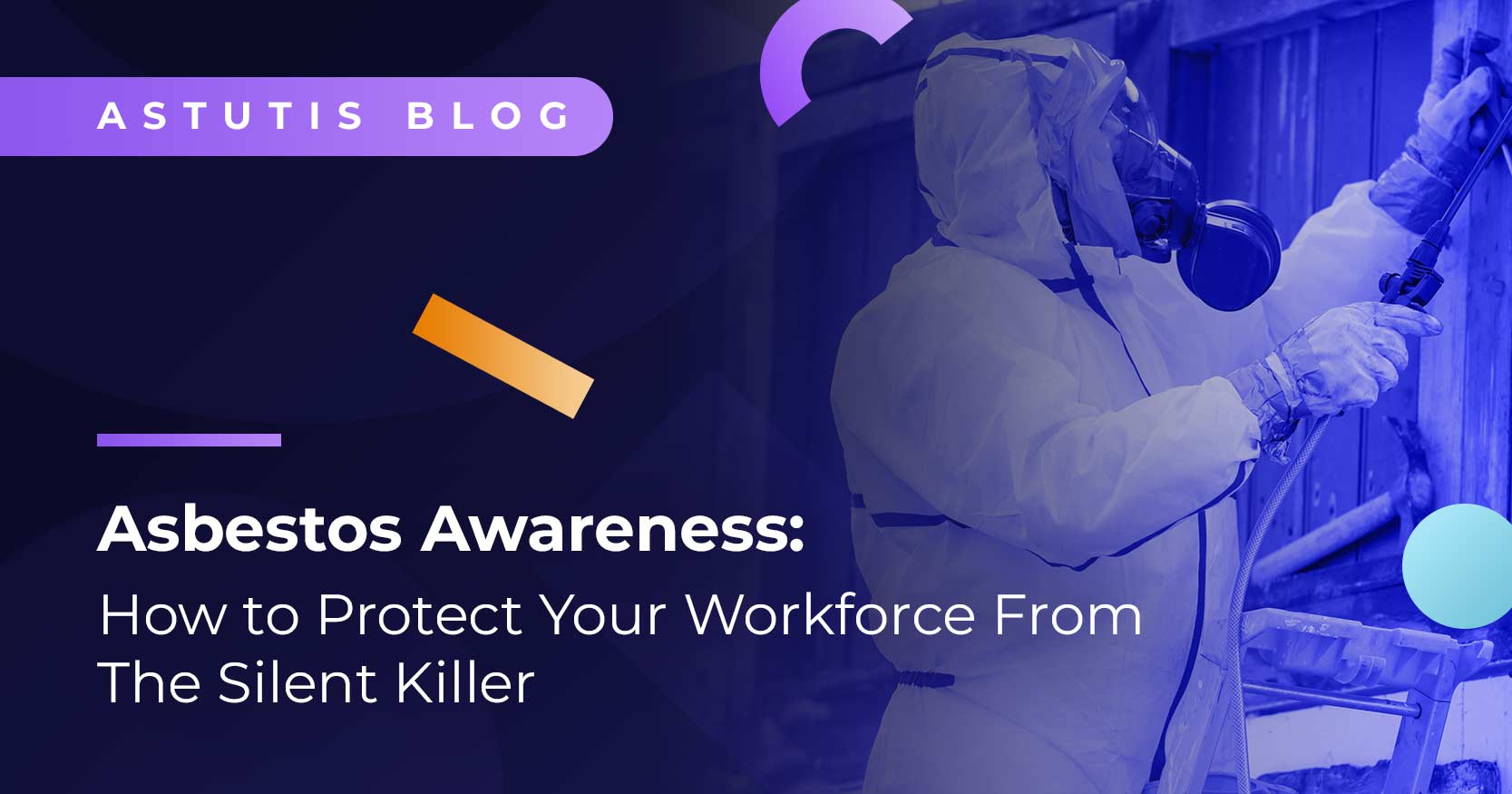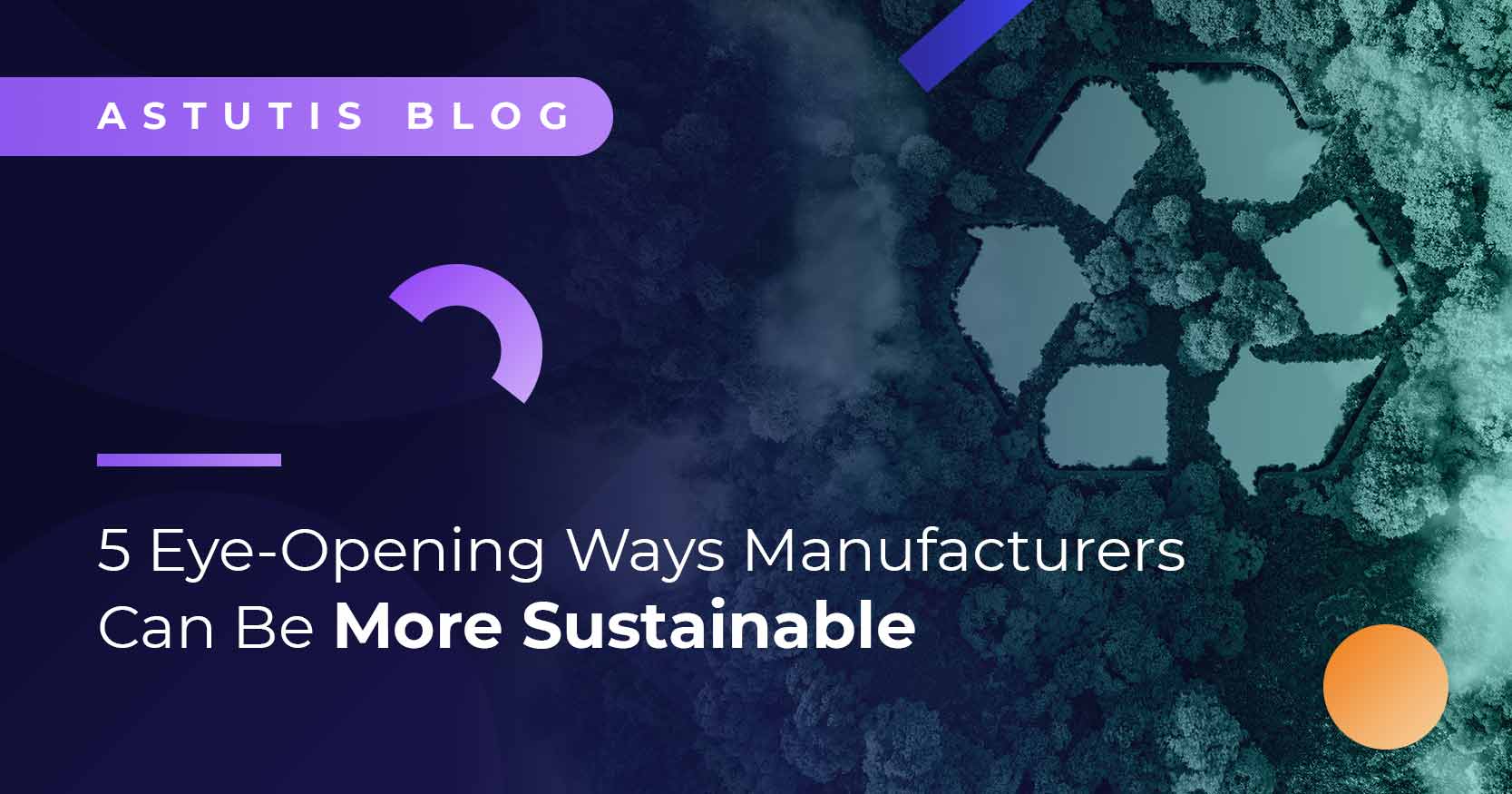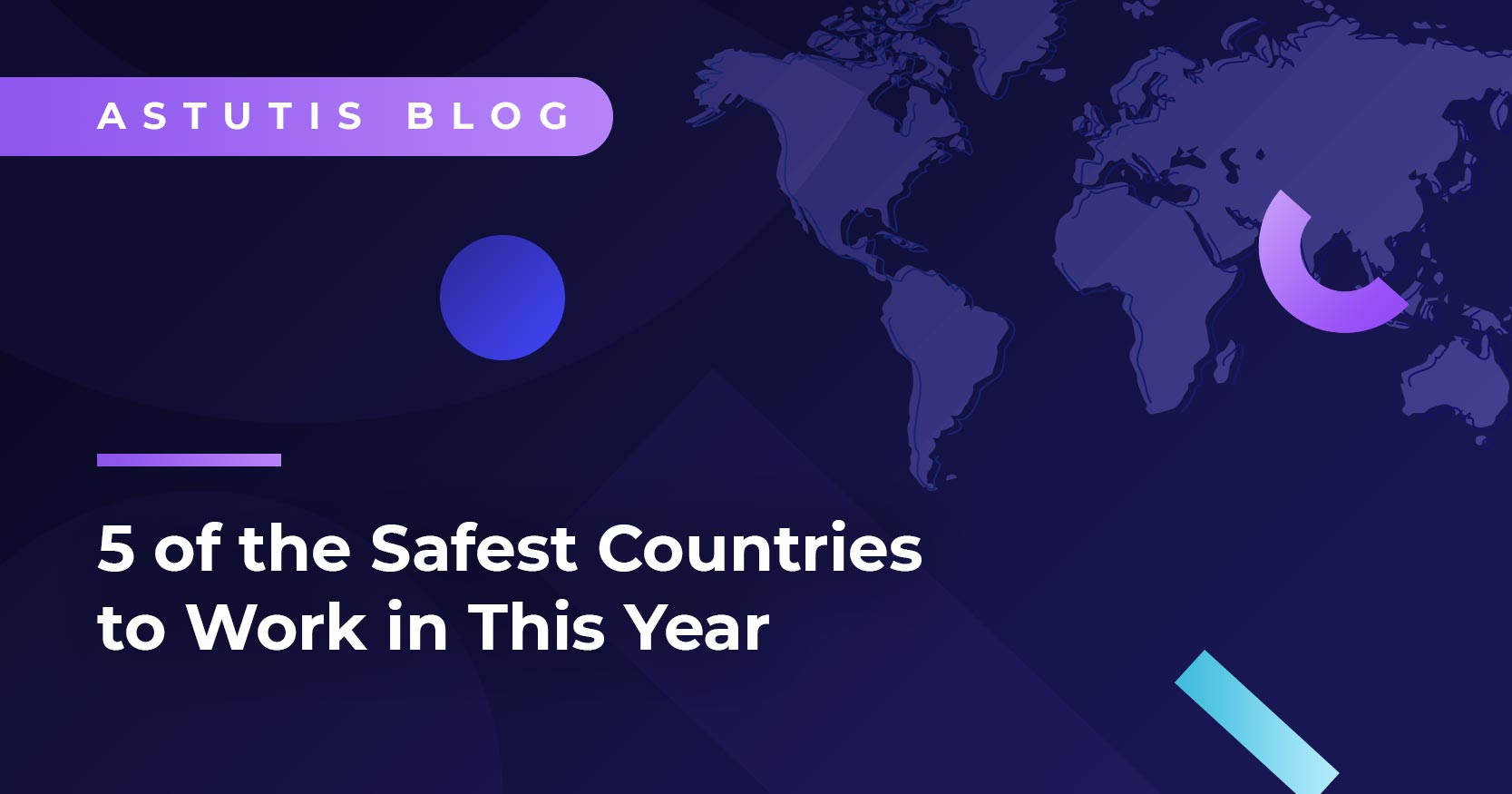Is the Environment and Sustainability an Attractive Career?
This blog post was updated in November 2017 to reflect the most recent changes in the industry.
This blog post was updated in November 2017 to reflect the most recent changes in the industry.
The UK’s membership of the EU has played a major role in environmental protection. In fact, more than 1,100 UK environmental laws were made at EU level, with 80% of our environmental rules stemming from EU directives. It’s still not clear what the effect Brexit will have on the UK’s environment. And yet, despite these uncertainties and a US president sceptical about climate change, environmental and sustainability professionals are expressing high levels of job satisfaction and optimism for the years ahead.
Achieving Environmental Compliance
As environmental legislation and regulations come under review, companies are faced with the challenge of achieving compliance. More and more organisations are recognising that environmental performance is paramount to operate competitively in the global marketplace, as well as appreciating the value of sustainability to underpin organisational strategy.
This brings a need for environmental skills in the workforce at all levels. More companies of all sizes, across all sectors, are upskilling their workforce with the appropriate qualifications and/or employing more environmentalists to manage and implement environmental and sustainability objectives. Sustainability will be a significant element of any job regardless of the sector, affecting office workers to engineers.
This begs the question: what can you expect from a career in the environment and sustainability? The latest IEMA survey reported the following key findings:
- 62% of environmental and sustainability professionals received a pay rise in 2016.
- The average salary in the 12 months to January 2017 was £44,008.
- The launch of Practitioner level membership (PIEMA) saw a surge of upgrades from Associate level memberships. There was a significant difference in salaries between IEMA membership levels.
- 69% of professionals reported they were satisfied with their job.
- Gender pay gap remained at 16.9%
Let’s take a look at a career based on data from the 2017 IEMA survey completed by 1,451 IEMA members worldwide.
2017 IEMA Survey
This survey revealed an overriding number of positive factors for people in the environmental and sustainability profession. 69% of IEMA members reported being either satisfied or very satisfied with their job. This compares well next to the rest of the UK job market which found a decrease in job satisfaction, citing unfair performance management processes, lack of development/progression opportunity, long days and low salaries.
Well Recompensed with Salaries Rising
In 2016, some 62% of environment and sustainability professionals received a pay rise. The median earnings reached £39,000, with the average being £44,008. This compares to an overall UK average of £27,600.
Unsurprisingly, the survey revealed that pay is influenced by a number of factors, with individual skills, knowledge and experience being among the most important for determining pay progression.
Graduates and career changers can expect to earn around £25,000; £500 up from the previous year and on par with other graduate roles within industries in which environment and sustainability professionals work such as energy, engineering and industrial, construction, public sector and consultancy.
Professional Memberships
The pay difference between IEMA membership levels are also significant, suggesting that the requirements members need to upgrade are well rewarded in terms of salary and progression.
The introduction of PIEMA membership in June 2016 saw a surge of Associate membership upgrade to the new Practitioner level. PIEMA is described by IEMA as the benchmark for environment and sustainability professionals with their sleeves rolled up; membership for the working experts who are driving change.
The new membership level is intended to bridge a perceived gap between Associate and Full membership; it demonstrates to employers that the individual is equipped, fully up to date and in touch with learning opportunities that will help them deliver their sustainability programs. It coincides with the development of a brand new qualification, IEMA Certificate in Environmental Management, which aims to give learners a practical understanding of environmental/sustainability principles, management tools and skills, and offers a route to PIEMA membership.
The average salary for PIEMA members is £41,896, meaning those at a graduate level can expect a pay premium of more than 50% by upgrading to the new PIEMA level.
Gender Pay Gap
It’s not all good news, however. A closer look at the statistics shows a pay gap between male and female workers still persists. Although women tend to earn slightly more than their male counterparts in the early years of employment (age 25-29), this changes after the age of 30 where the gap in earnings equates to a 16.7% pay difference.
As of 6 April 2017, employers with more than 250 staff will be obliged to report on their gender gap publicly. It is hoped that this transparency will help break down the barriers of progression through the pay scale for women.
Well Qualified Professionals Continually Developing
Due to the mix of specialist knowledge and transferable skills required to work as an environmental and sustainability professional, it’s no surprise that they tend to be highly qualified with careers rich in diversity while being supported by the IEMA skills map. Some 61% have gained postgraduate qualifications, most commonly a master’s degrees, while 4% have completed a doctorate.
Evidently, a large number of environmental practitioners are keen to develop their knowledge and skills in environmental management to further their career. As in all professions, Continuing Professional Development (CPD) plays a key part in knowledge and skills development. In 2016, 89% of the IEMA survey participants undertook CPD activities, the most common motivation being the development of skills and knowledge.
There are benefits of CPD to organisations, too. Although CPD activities aren’t always easy to quantify, 56% of responders agreed that CPD helped their organisations fill skills’ gaps, train other staff and boost environmental performance. Of the 1 in 10 practitioners that reported saving their organisation money, 76% reported success in reducing their employer’s overheads, while 15% enabled taxation reduction.
Career Progression
The commitment of environmental professions to their development and career appeared to be worthwhile, with more than half (56%) of practitioners reaching management or leadership positions last year, while 17% moved on to more senior roles. This will inevitably have a positive impact on organisational environmental performance from reducing energy use to cutting general and carbon emissions backed up in the survey.
Two-thirds of responders consider themselves to be ‘career changers’, having moved to environment and sustainability as a second career. Over 80% were happy with their move, citing an interest in the environment issues - perhaps just one of the reasons the group are so highly motivated.
Interested in IEMA Qualifications?
If you are considering adding to your existing skill-set with an internationally recognised course in Environmental Management click below to view our range of IEMA courses!
Related Blogs

Real Life Stories









